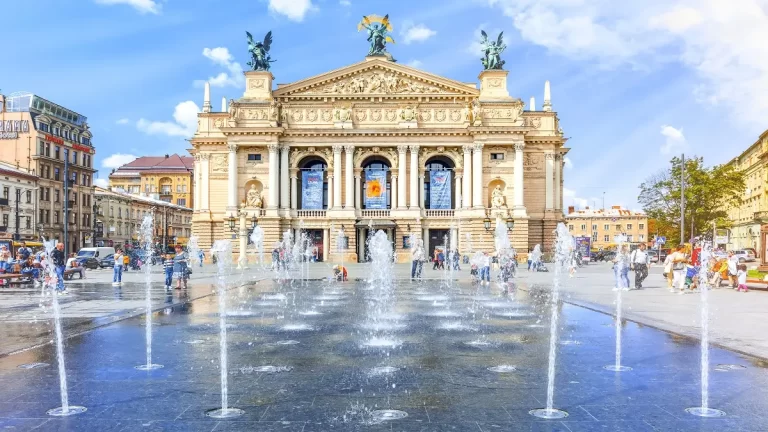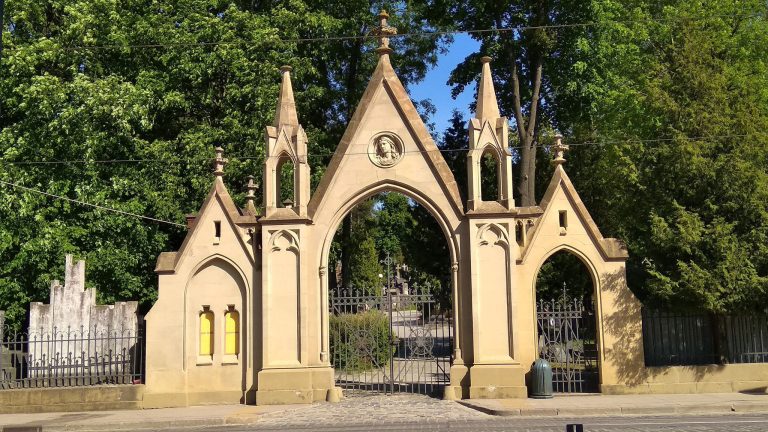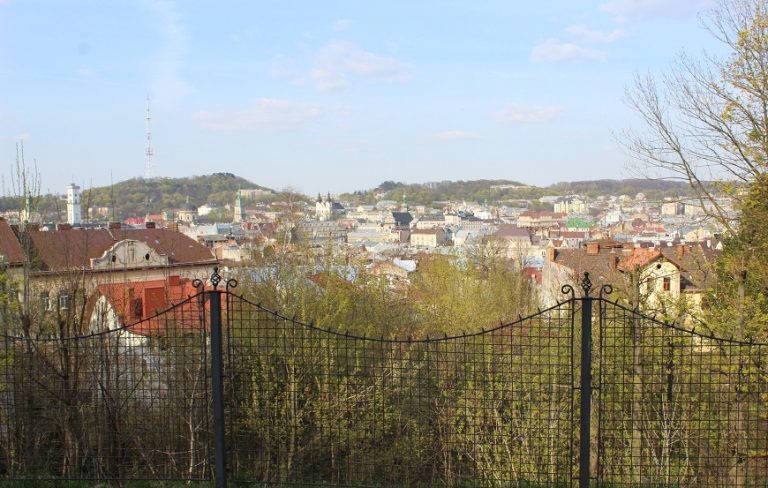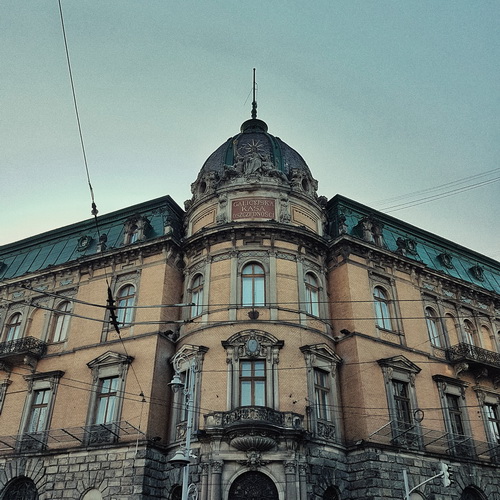The façade of the Lviv Opera
At the end of the nineteenth century, Lviv was the center of the Kingdom of Galicia and Lodomeria with the Grand Duchy of Krakow and the Principalities of Auschwitz and Zator within the Austrian Empire. And as a major regional center of Europe, he dreamed of a majestic theater. In the end, this one was built in less than three years (1897-1900). And he received the appropriate name – the Bolshoi City Theater.




